Maintaining a healthy and thriving garden requires more than just planting the right seeds and tending to your plants. Adequate watering is a crucial aspect of successful gardening. In this blog post, I will go through some tips for watering your garden in order to help you become a watering wizard and keep your garden lush and vibrant. After all, you won’t want to undo your work in the garden because of watering incorrectly.
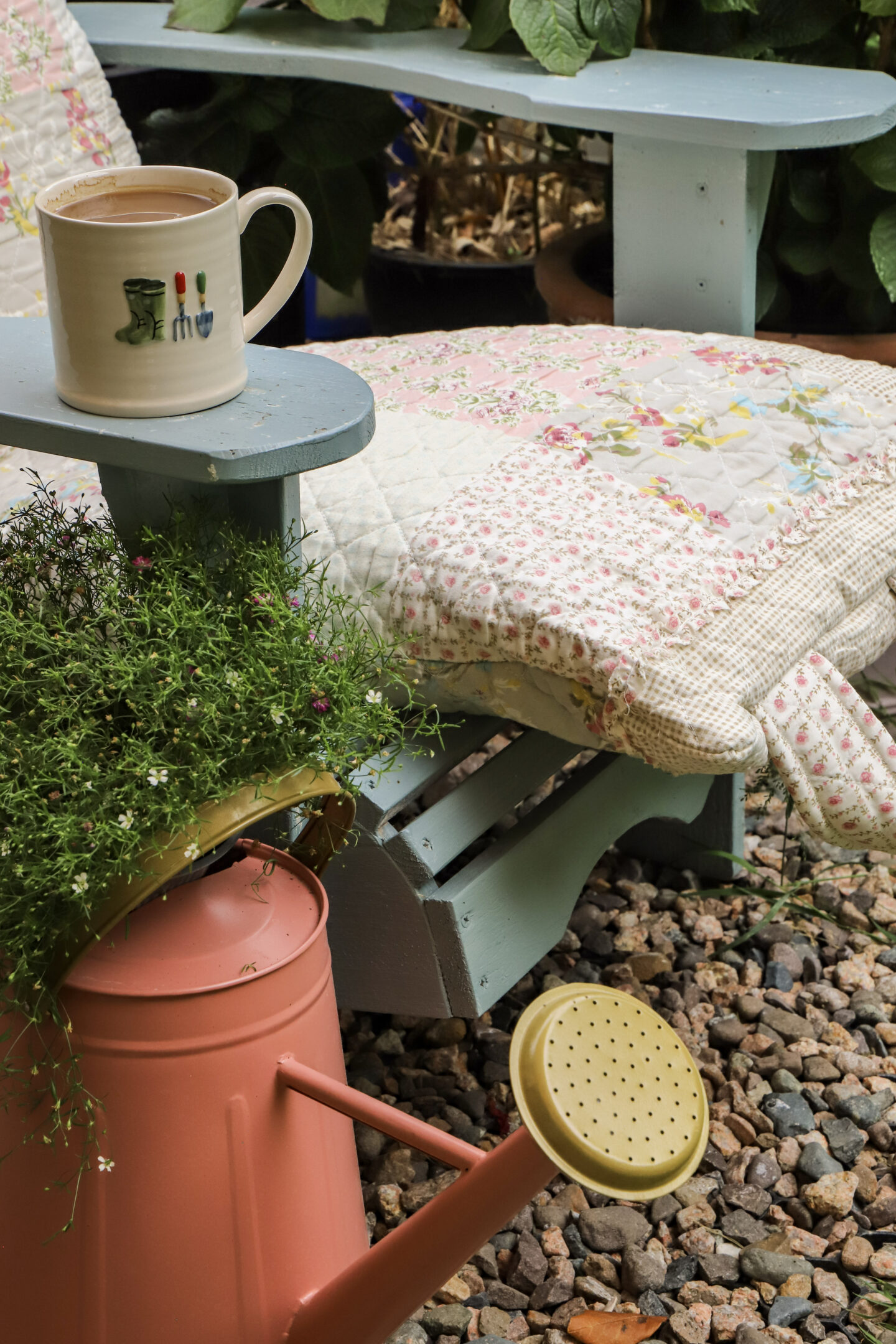
While it may seem simple, watering your garden efficiently is an art that can significantly impact the growth and vitality of your plants.
In this blog post, I will go through a guide to help you become a watering wizard and keep your garden lush and vibrant. After all, you won’t want to undo your work in the garden because of watering incorrectly.
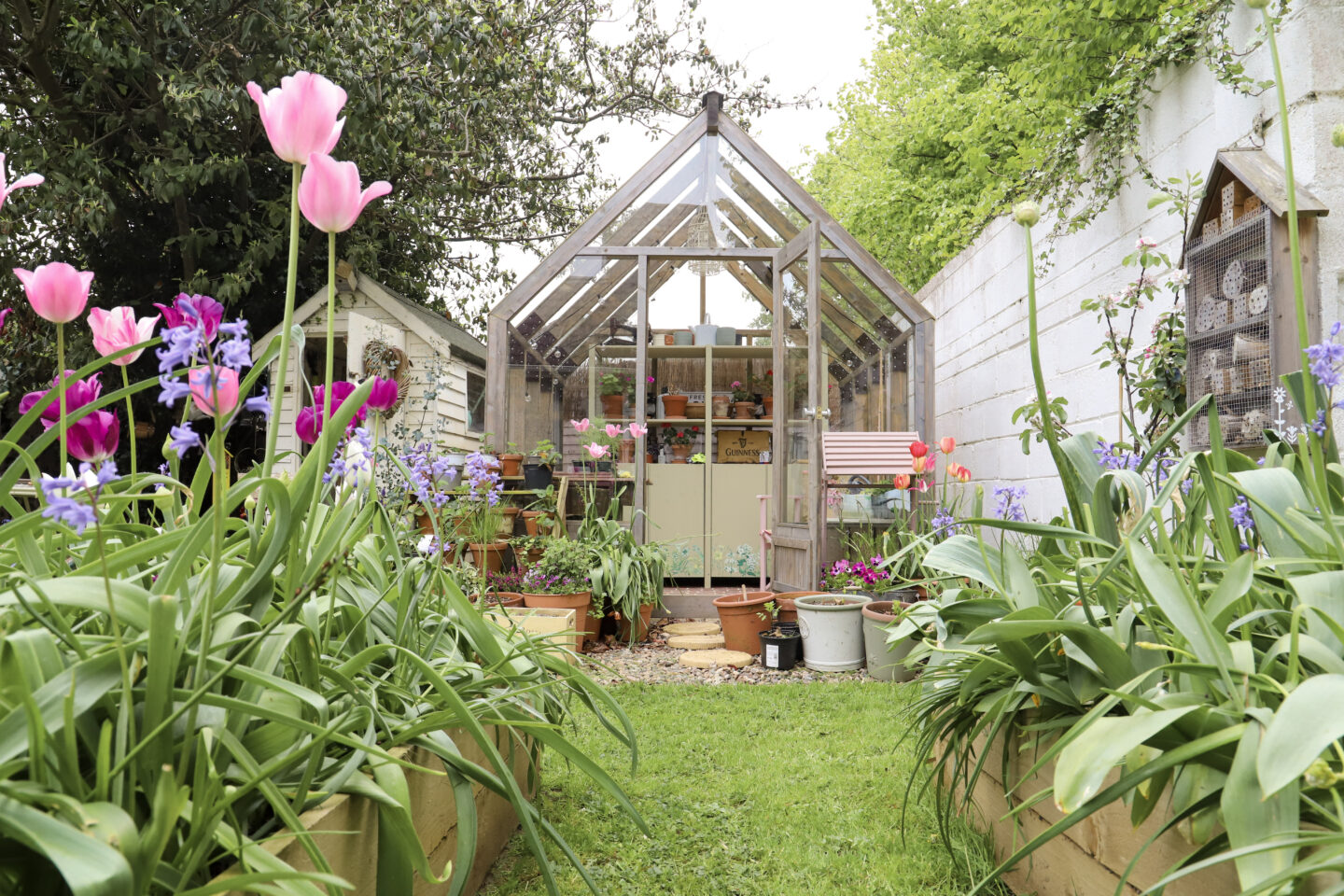
Be Aware of Your Plants’ Watering Needs
Different plants have unique watering requirements. Before setting up a watering routine, take the time to understand the specific needs of your plants.
Some plants prefer moist soil, while others thrive in drier conditions. By catering to their needs, you can ensure your plants have the ideal environment to thrive in.
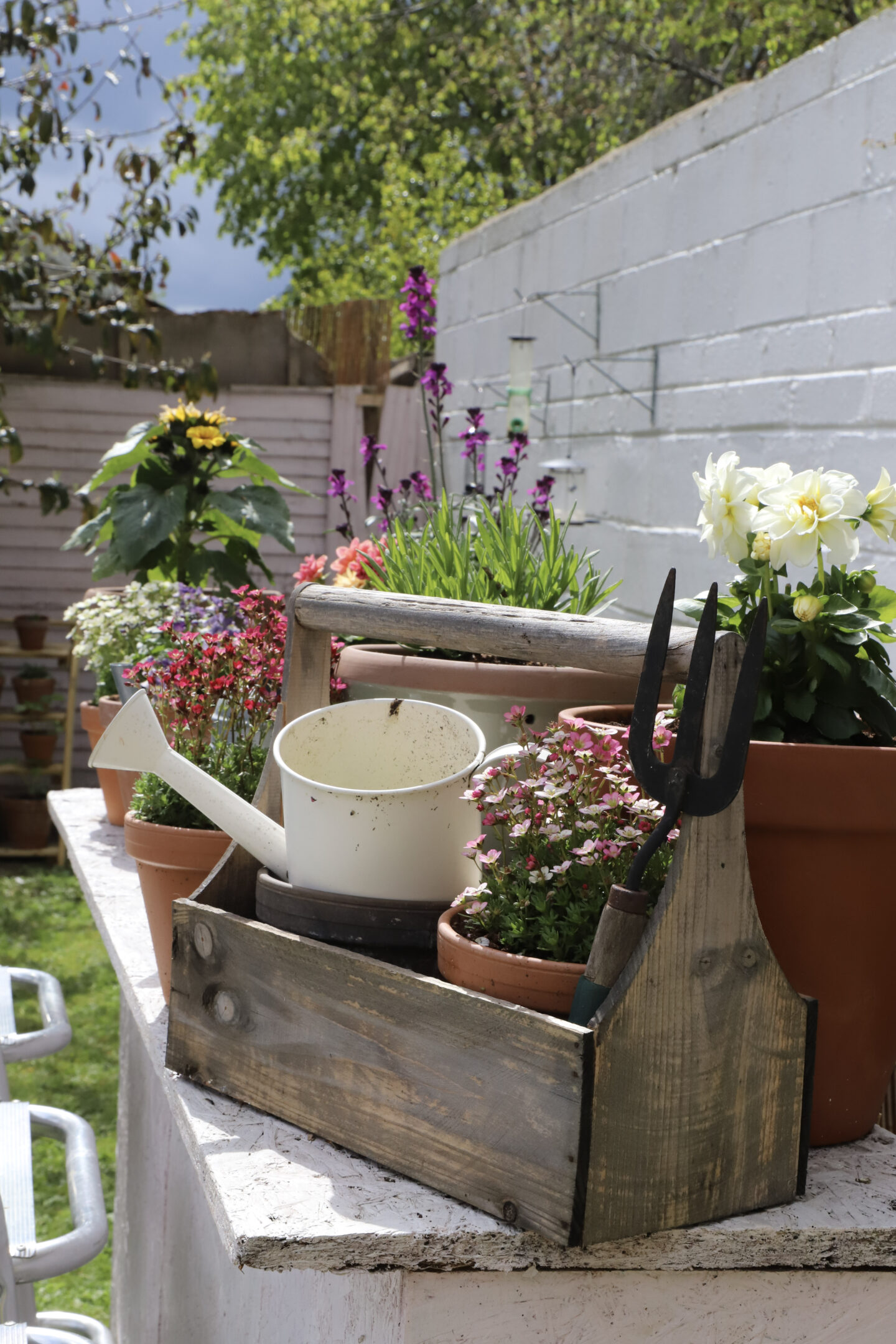
How To Know If Your Plants Need More Watering?
Recognizing the signs of water deficiency in plants is essential to prevent them from wilting or becoming stressed. Here are some common indicators that your plants may need more water:
Wilting: The most apparent sign of water shortage is when your plants start to sag and wilt, particularly during the hottest part of the day. Leaves may appear limp and lack turgidity. However, it’s important to note that some plants naturally wilt during the day’s heat, so it’s crucial to know your plants’ specific characteristics.
Dry Soil: Check the soil’s moisture level by inserting your finger approximately an inch deep. When the soil feels dry to the touch, it signifies that your plants need watering. However, be cautious not to mistake dry soil for naturally dry conditions some plants prefer.
Leaf Discoloration: When plants lack water, their leaves may show signs of discolouration. They may turn yellow or brown or develop crispy edges. This happens because water is essential for nutrient uptake and transportation within the plant. Discoloured leaves are often a sign of stress and water deficiency.
Stunted Growth: Insufficient water can impede the growth of your plants. If you’re noticing that your plants are not growing as expected, it could be an indication of water scarcity. Lack of water affects the plant’s ability to photosynthesize and produce energy, leading to stunted growth.
Dry and Cracked Soil Surface: Examine the top layer of soil around your plants. Observing the soil surface appears dry and cracked, indicates that the water has evaporated quickly, leaving the soil dried. A dry soil surface shows that your plants need thorough watering to replenish moisture.
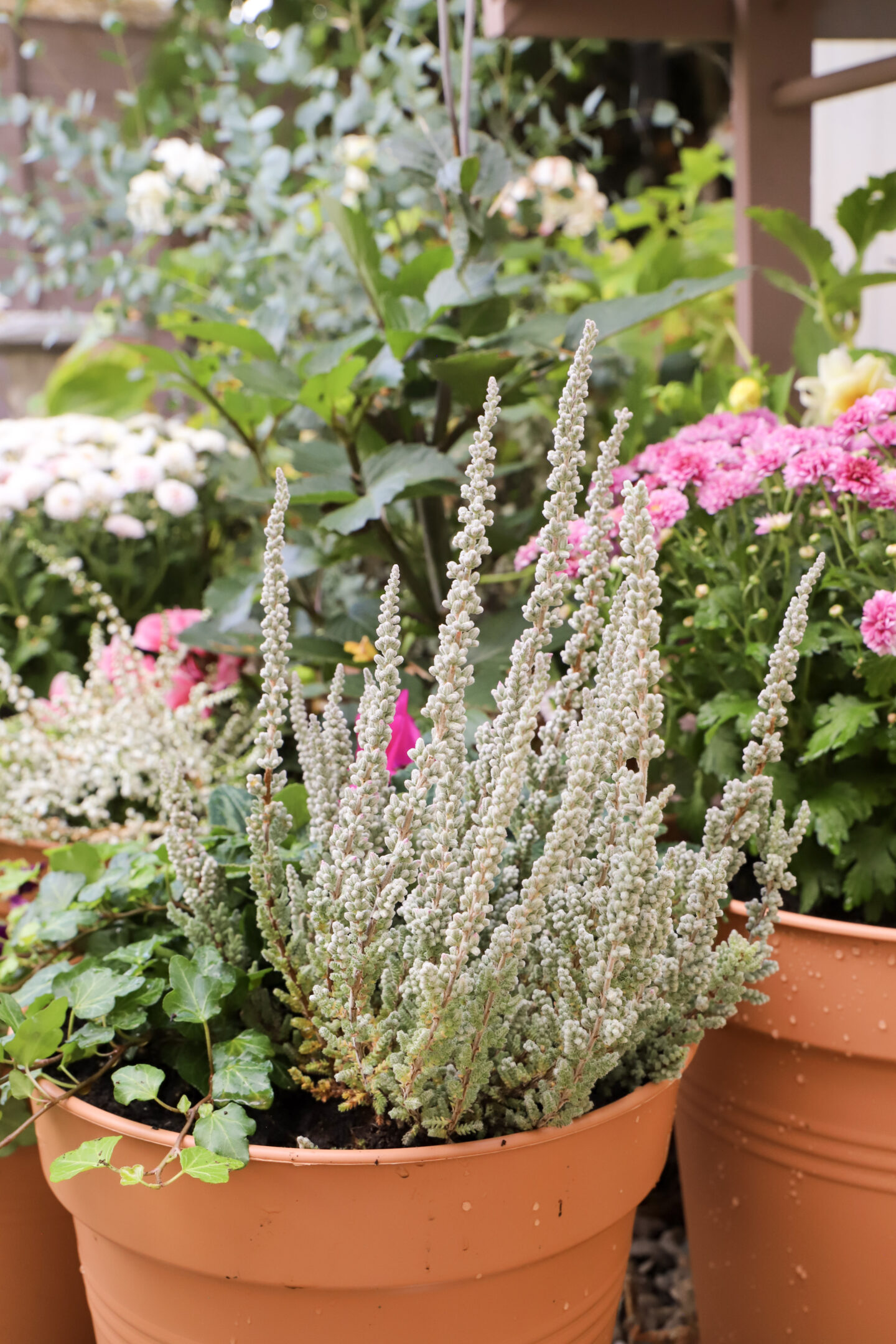
Water Deeply Instead of Sprinkling
Aim for deep watering sessions rather than giving your plants light and frequent sprinklings. Shallow watering encourages the development of shallow roots, making plants more susceptible to drought and heat stress.
Instead, water deeply, ensuring the moisture reaches the root zone. This encourages the roots to grow deeply, enhancing their ability to pull water and nutrients from the soil.
How To Water Your Plants In The Summer Heat?
As summer’s scorching heat arrives, keeping your garden properly hydrated becomes essential for the health and vitality of your plants. However, watering during the summer requires a thoughtful approach to ensure efficient water usage and prevent your plants from drying out.
Below are some garden watering tips to help you effectively water your garden in the heat.
- Water plants a lot on a sunny day.
- Water plants in the soil in the garden in the morning or evening
- Avoid watering in full sun.
- Put potted plants in the shade or water them several times a day.
- Cold water from the tap is fine for plants.
- Pay the most attention to shade plants and those from cooler or damper areas, which will be less adapted to the weather we are experiencing.
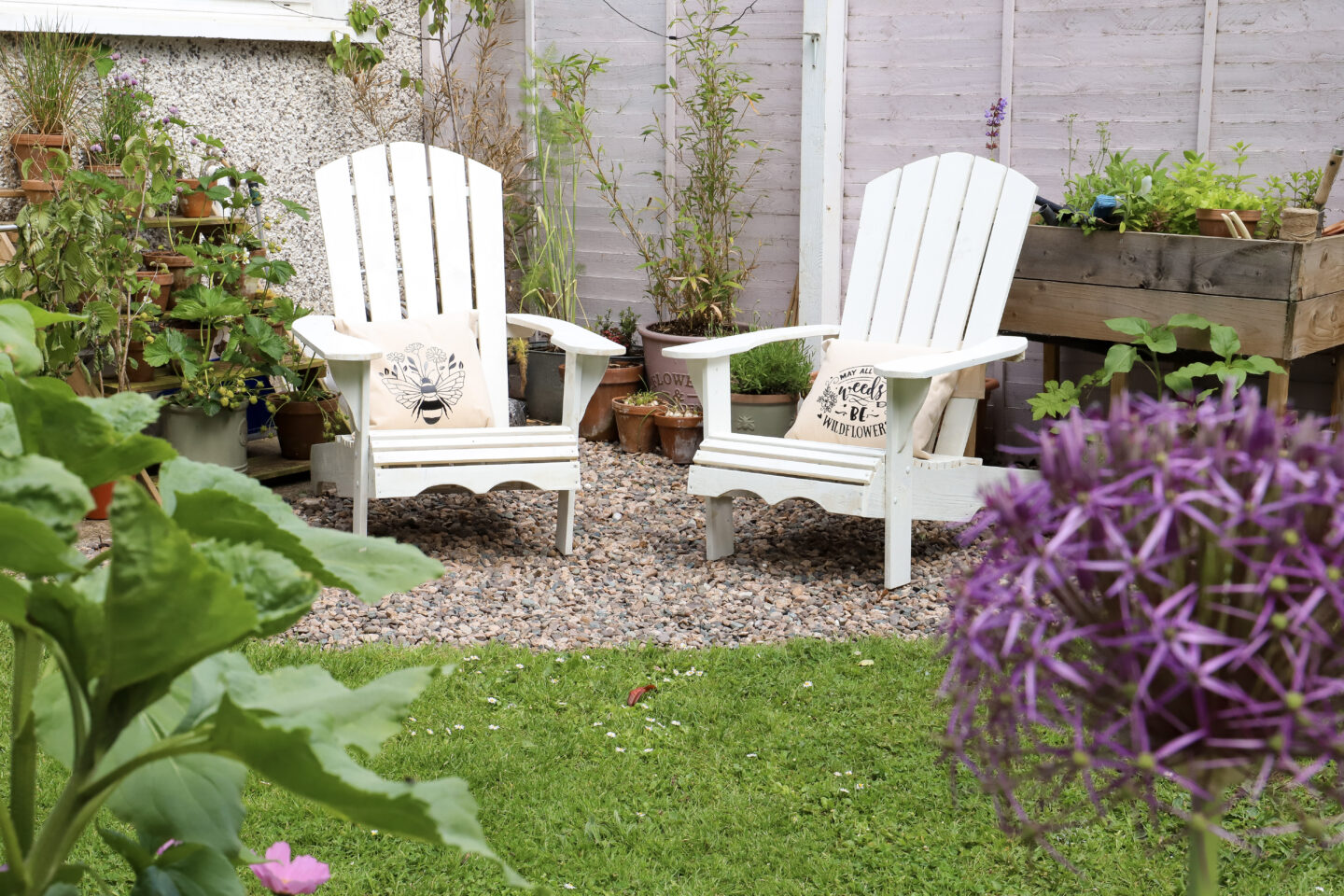
When Is The Best Time For Watering Your Garden?
While it may seem simple, timing plays a crucial role in maximizing the benefits of watering. Understanding the optimal watering schedule can help your garden thrive and flourish.
The early morning hours, just after sunrise, are widely regarded as the best time to water your garden. During this time, the temperature is typically cooler, wind speed is lower, and the sun is not at its peak intensity.
Under these favourable conditions, water loss through evaporation is minimized, allowing your plants to receive optimal benefits from each watering session.
Maintaining a consistent watering routine is vital for the overall health of your garden. Regular watering at the same time each day helps establish a reliable moisture level in the soil and promotes consistent growth for your plants.
Choose a time that works best for you and your schedule, keeping in mind the importance of avoiding the hottest parts of the day.
Avoid Watering Leaves
While it’s essential to water the base of your plants, try to avoid wetting the leaves in your garden as much as possible. Wet foliage can invite fungal diseases and create a breeding ground for pests.
To minimize leaf contact with water, use a watering can or a soaker hose directed at the soil. If you must use overhead watering, do it early in the day to allow the leaves to dry quickly.
How To Use Mulch For Moisture Retention
Adding a covering of organic mulch, like wood chips, straw, or shredded leaves, can work wonders in preserving the moisture within your garden. Mulching not only assists in regulating soil temperature but also curbs weed growth and prevents moisture evaporation.
Ensure a generous layer of mulch surrounds your plants while leaving a small space near the stems to avoid the risk of rot. This will help maintain consistent soil moisture levels and reduce watering frequency.
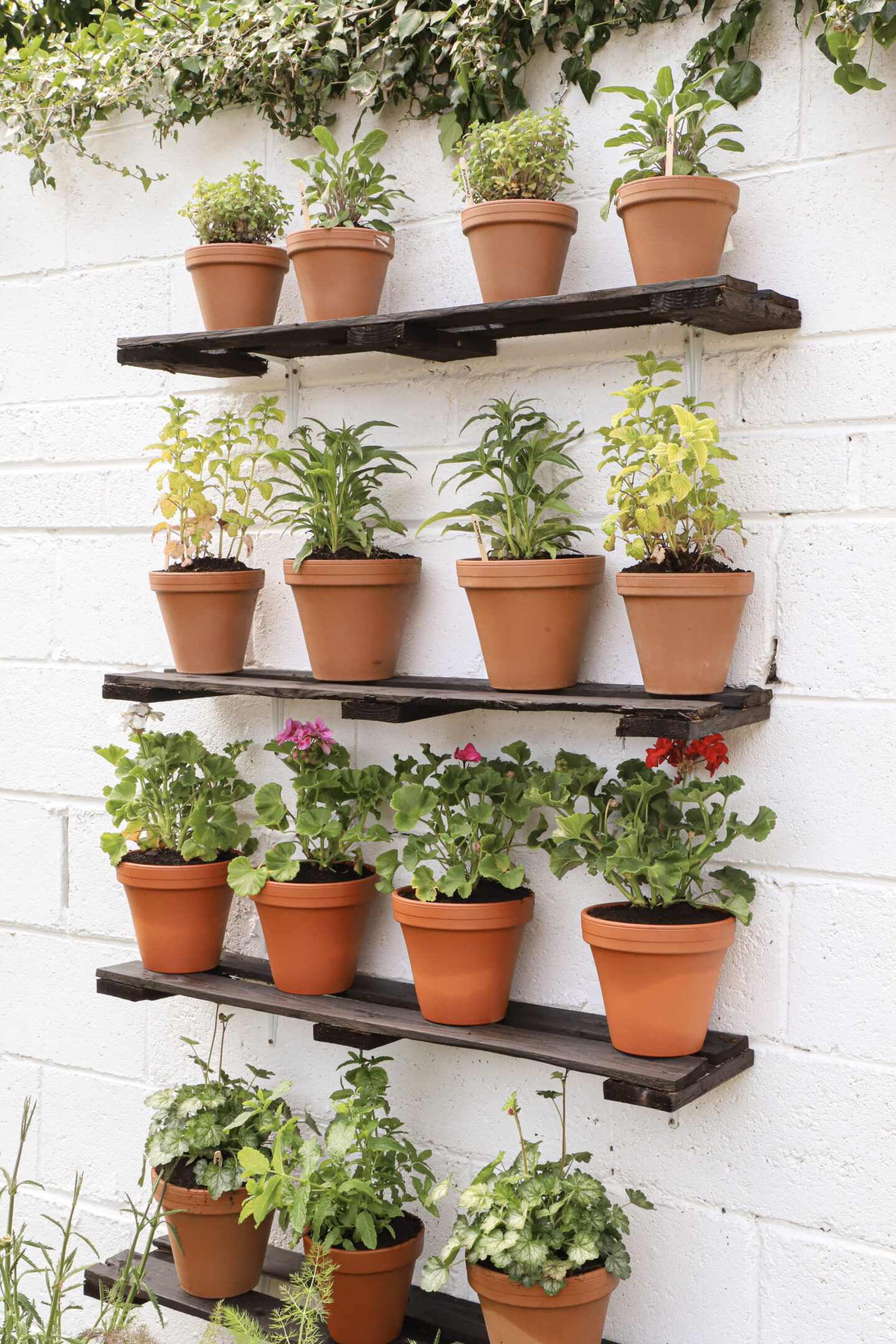
Use Proper Garden Watering Techniques
The way you water your garden matters. Avoid fast, forceful streams that can dislodge soil or damage delicate plants. Instead, use a gentle, steady flow that allows the water to soak into the soil gradually. For large gardens, consider using a soaker hose or drip irrigation system.
These methods deliver water directly to the root zone, minimizing waste and ensuring efficient water usage.
Drip Irrigation System Hack For Watering Your Garden
A helpful and clever hack I spotted online involved upcycling an old drinks bottle and using it to drop water on your plants on autopilot. I’ll certainly be trying this one out! Check it out below.
Is There a Hosepipe Ban In Ireland in 2023?
While Irish Water has encouraged water conservation, there is currently no hosepipe ban in Ireland. You can visit the Irish Water website for more information to stay informed about water restrictions and receive updates.
How To Collect Rainwater For Your Garden’s Watering Needs?
Collecting rainwater is a sustainable and cost-effective way to nourish your garden while reducing reliance on municipal water supplies. One eco-friendly solution that is gaining popularity is the use of water butts.
These simple yet effective rainwater collection systems allow you to harvest and store rainwater for later use in your garden. One of my big regrets is not collecting more water in the spring. From now on, I want to make sure I add more water butts to the garden.
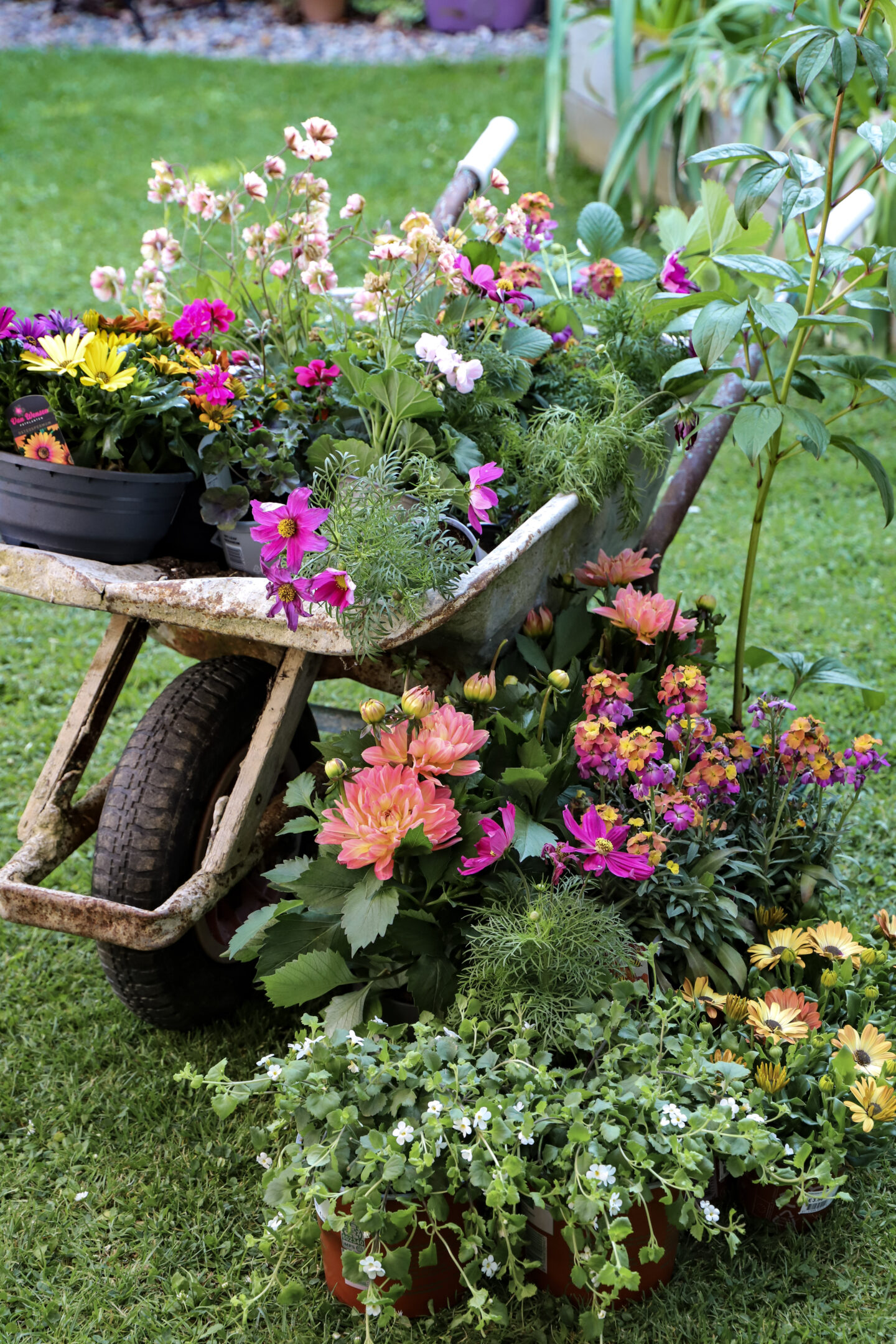
I’d love to hear how you are getting on in your garden this year and any tips and tricks you have when it comes to keeping your garden watered!
If you would like to watch more videos and pick up some more garden tips, check out the Cottage Garden Playlist on YouTube, where you will find a new video every Sunday! Or click here for more garden posts.

